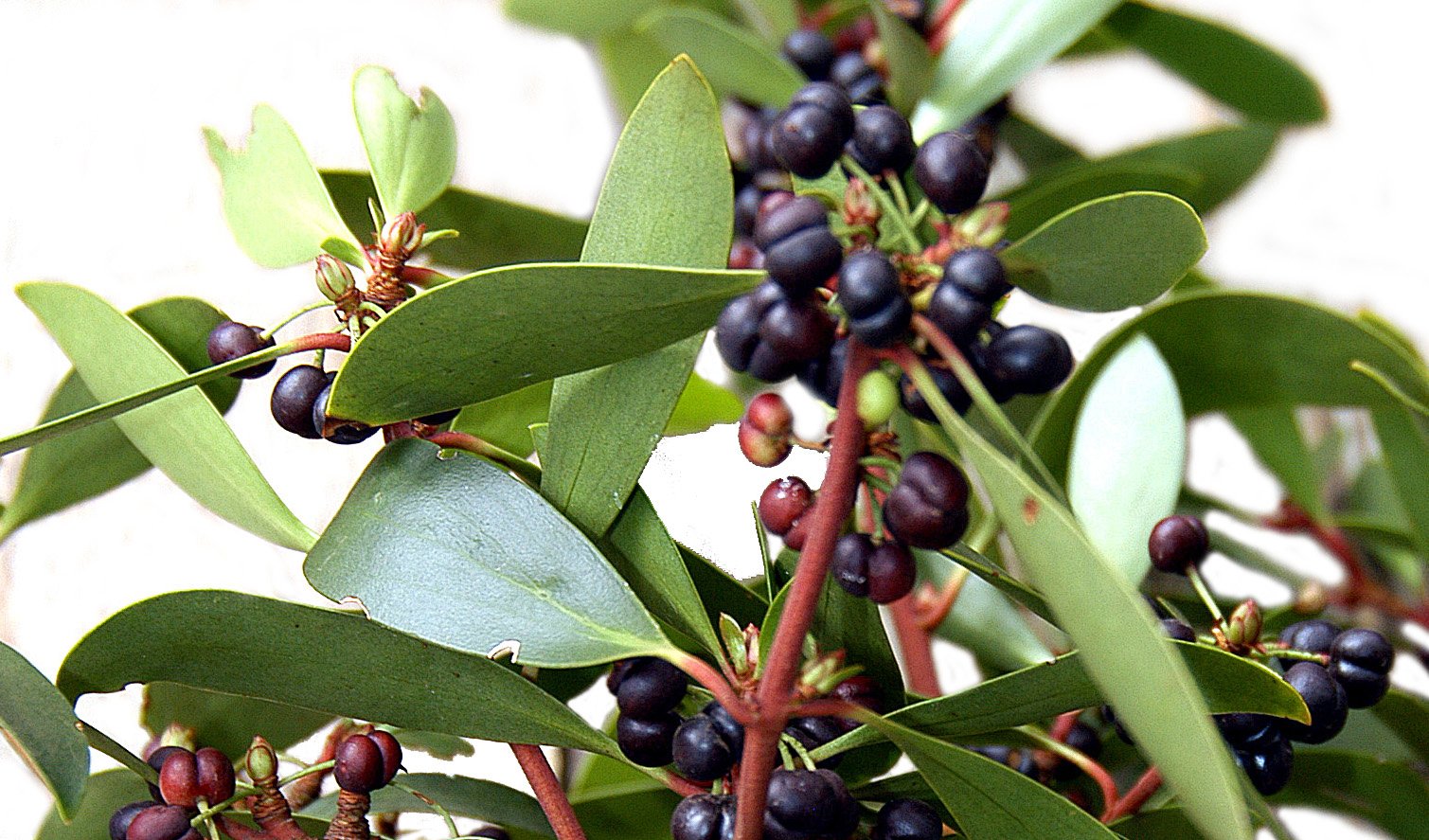Indigenous Trees of Australia: Discovering Native Flora
Indigenous Trees of Australia: Discovering Native Flora
Australia is often celebrated for its striking landscapes and unique wildlife, yet its indigenous flora—particularly its diverse range of trees—remains a captivating enigma for many. The indigenous trees of Australia not only contribute to the aesthetic and ecological tapestry of the continent but also hold cultural significance for the Aboriginal communities who have thrived in harmony with these majestic organisms for thousands of years. Exploring this lush flora promises a profound shift in perspective and invites curiosity about the intricate relationships between ecosystems and humanity.
Ecological Importance of Indigenous Trees
The significance of indigenous trees extends beyond mere aesthetics; these organisms are foundational to maintaining the health of various ecosystems. Indigenous trees, adapted to the Australian climate, possess unique characteristics that make them resilient against harsh weather fluctuations, including prolonged droughts and extreme temperatures. Many species, such as the iconic Eucalyptus and the majestic Banksia, have deep root systems that draw water from deeper strata, which not only sustains them but also stabilizes the soil, providing crucial protection against erosion.
Moreover, indigenous trees play a pivotal role in fostering biodiversity. They serve as a habitat for myriad species—from birds and mammals to insects and fungi—thereby nurturing the intricate web of life that characterizes Australian landscapes. By planting indigenous trees, gardeners and landowners contribute to habitat restoration, helping combat the endemic species loss stemming from habitat destruction and climate change.
Cultural Connections and Utilization
Indigenous trees are not just crucial for ecological balance; they also hold immense cultural significance. Aboriginal Australians have long revered these trees, viewing them as integral components of their traditional knowledge systems and cultural practices. Trees like the Wattle and the Paperbark are steeped in narrative and ceremony, symbolizing resilience and continuity.
Furthermore, many indigenous trees have practical applications. The seeds of the Macadamia nut and the leaves of the Gumtree have been utilized in traditional cuisines, while the hard timber of the Jarrah and Marri trees has been favored for construction and crafting. This traditional knowledge, passed down through generations, fosters a deep respect for the ecosystems and encourages sustainable practices in harvesting and conservation efforts.
Exploring Indigenous Trees: A Journey Through Diversity
Australia boasts over 700 species of native trees, each with its own unique attributes and adaptations. Taking a journey through this rich tapestry offers glimpses into the astonishing diversity of life forms. The Ghost Gum, known for its striking white bark, stands in utter contrast to the earthy hues of the rugged outback. Conversely, the ancient Baobab, with its bulbous trunk and unique silhouette, serves as a living testament to resilience.
The diversity does not end with visual appeal; the fragrances and textures of Australian indigenous trees invite exploration. The aromatic leaves of the Tea Tree, for example, have long been celebrated for their medicinal properties, showcasing the healing potential embedded within these natural wonders. Intertwined with local lore and traditions, each tree tells a story—a narrative steeped in the natural environment that guides and informs the understanding of native flora.
Propagating Awareness and Appreciation
To appreciate the indigenous trees of Australia is to embrace a wider understanding of the planet’s ecosystems and the need for conservation. For those curious about how they can contribute to the preservation of these remarkable species, planting indigenous trees in gardens and community spaces offers tangible avenues for engagement. In doing so, individuals foster a richer ecological environment while honoring the cultural histories that these trees represent.
The indigenous trees of Australia beckon us to rethink our relationship with nature. They challenge us to recognize their importance not just as trees but as living vessels of history, culture, and ecological balance. As curiosity ignites and understanding deepens, the promise of a symbiotic relationship with nature unfolds, revealing the inherent beauty and vitality of Australia’s native flora.
You May Also Like
Best Fish to Catch in Australia: A Guide for Anglers
Australia boasts an extraordinary diversity of fish species, making it …
Emily Bay Norfolk Island: A Hidden Gem in the Pacific
Emily Bay, a picturesque enclave nestled on the sun-kissed shores of …
Holidays on August 23: Global Festivities & Observances
August 23 is a date that carries a bouquet of cultural significance …





